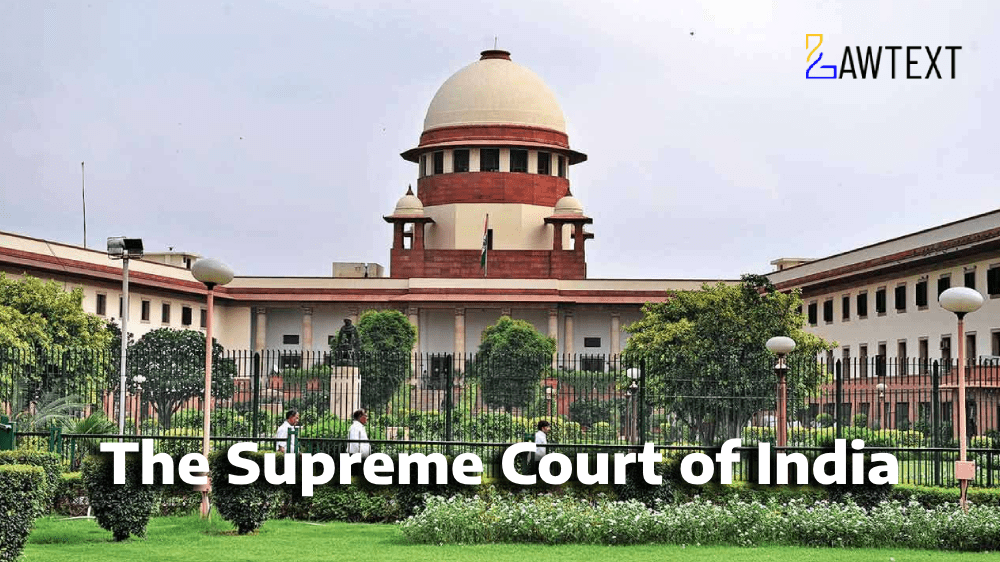Court Restores Original Decision, Declares Contempt Petition Time-Barred. High Court Review Overstepped Jurisdiction; Importance of Adhering to Limitation Periods in Contempt Proceedings Emphasized

CASE NOTE & SUMMARY
The judgment addresses a contempt petition regarding the failure of a Tahsildar to effect a mutation ordered by a Single Judge. The Division Bench (original) ruled that the failure did not constitute a continuing wrong, rendering the contempt petition time-barred. The Division Bench (review) improperly reversed this decision, focusing on title issues and misapplying legal principles regarding the limitation period. The judgment highlights the necessity of adhering to statutory limitation periods in contempt proceedings and the need for clear pleadings to claim exemptions based on continuing wrongs. The court ultimately restored the original decision dismissing the contempt petition and allowed the appeals.
Definition and Requirements for Continuing Wrong/Breach/Offense
- Explanation: Parties must clearly demonstrate the meaning of a "continuing wrong/breach/offense" in their pleadings.
- Court Caution: Courts should avoid allowing stale contempt claims disguised as "continuing wrongs."
Case Background
- Appellant's Inaction: The Tahsildar failed to effect the mutation of the decretal property as directed by a Single Judge on March 5, 2009.
- Compliance Presumption: The order was presumed to be complied with within two months per Rule 21 of the Writ Rules.
Limitation Period
- Filing of Contempt Petition: The petition was filed on October 4, 2014, over five years after the initial order.
- Argument: The first respondent argued it was a continuing wrong, exempting the petition from the limitation period.
Court’s Analysis
- Examination of Continuing Wrong: The court analyzed whether the inaction constituted a continuing wrong.
- Legal Principles: Referenced several cases and legal definitions.
- Conclusion: Determined that the initial breach was a single act of disobedience, not a continuing wrong, making the petition time-barred by May 2010.
High Court’s Jurisdiction and Errors
- Review Decision: The Division Bench’s review was unsustainable in law.
- Scope of Review: The review inappropriately extended beyond the contempt jurisdiction into issues of title.
Suppression of Material Facts
- Possible Suppression: Mentioned the first respondent’s potential suppression of material facts.
- Court’s Position: Did not conclusively rule on this point as it was not argued.
Conclusion
- Jurisdiction Exceeded: The High Court exceeded its jurisdiction in the review and contempt proceedings.
- Original Decision Restored: The original Division Bench's decision dismissing the contempt petition as time-barred was restored.
- Appeals Allowed: The appeals were allowed, and the impugned order was set aside with no order as to costs.
ISSUE OF CONSIDERATION
S. Tirupathi Rao Versus. M. Lingamaiah & Ors.
Citation: 2024 LawText (SC) (7) 221
Case Number: [Civil Appeal Nos.________ of 2024 arising out of SLP (Civil) Nos. 19647-48 of 2022] [Civil Appeal Nos.________ of 2024 arising out of SLP (Civil) Nos. 19748-19749 of 2022]
Date of Decision: 2024-07-22
Case Title: S. Tirupathi Rao Versus. M. Lingamaiah & Ors.
Before Judge: (SANJIV KHANNA J. , DIPANKAR DATTA J. )
Appellant: S. Tirupathi Rao
Respondent: M. Lingamaiah & Ors.

